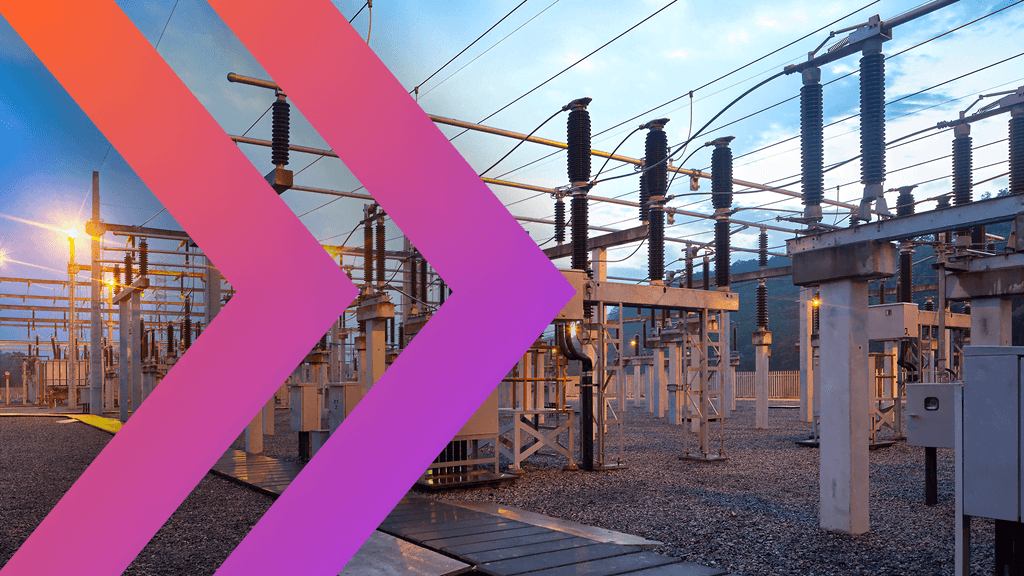PowerShift is a time-of-use electricity plan that benefits more than just your wallet. By shifting electricity usage away from peak demand hours, PowerShift helps reduce stress on the Texas power grid. That shift makes the system more reliable for everyone, especially during extreme weather or high usage periods.
Why Grid Resilience Matters in Texas
The Texas electric grid is unique. Managed by ERCOT (the Electric Reliability Council of Texas), it operates largely independently from other U.S. grids. That independence gives Texas more flexibility, but it also means the state needs to manage its own supply and demand carefully.
When demand spikes, such as during a heatwave or a cold snap, the grid can become strained. That is when outages, conservation calls, and price spikes are more likely. Grid resilience is about preventing those events by reducing pressure during critical times.
PowerShift plays a direct role in that effort.
How Time-of-Use Plans Support the Grid
PowerShift offers lower electricity rates during off-peak hours and higher rates during peak hours. This pricing structure encourages customers to shift energy use to times when demand is low.
When thousands of households run dryers, dishwashers, and HVAC systems at the same time, the grid must work harder to meet that demand. But when usage is spread out more evenly throughout the day, the grid stays more stable.
That demand shift leads to several grid-wide benefits:
Lower risk of blackouts or brownouts
Fewer emergency alerts
Less need for backup generation
More efficient use of existing infrastructure
What Grid Stress Looks Like in Real Life
Peak electricity demand in Texas often occurs in the late afternoon and early evening, especially in summer. That is when people return home, turn down the thermostat, and start cooking or doing laundry.
If temperatures are high and the grid is already strained, ERCOT may ask residents to reduce usage. Without enough flexibility in the system, planned outages or rotating blackouts may be used to protect the grid from failure.
PowerShift helps prevent these moments by rewarding customers who avoid electricity use during peak times. Even small shifts, when done by many, can reduce the need for emergency action.
PowerShift and Renewable Energy Balance
Another key part of grid resilience is how well the system integrates renewable energy. Texas has abundant solar and wind resources, but generation varies throughout the day.
Solar production peaks in the middle of the day
Wind production often ramps up overnight
Demand peaks in late afternoon, when solar generation is declining
PowerShift helps align customer usage with this generation pattern. For example:
Using appliances in the late morning supports solar production
Charging electric vehicles overnight taps into wind energy
Reducing usage in the late afternoon and evening eases pressure during the most expensive window
This alignment improves efficiency and helps limit reliance on fossil fuel peaker plants.
Small Changes, Big Impact
You do not need solar panels or a home battery to support grid resilience. Simply changing when you use your high-energy appliances can help Texas avoid grid emergencies.
Try these habits:
Run your dryer after 10 p.m.
Charge your phone, laptop, or EV overnight
Use a thermostat schedule to pre-cool or pre-heat your home
Delay dishwasher use until later in the evening
These steps can reduce your electricity bill and also lower stress on the grid.
Grid Resilience Starts at Home
When you are on PowerShift, your energy use becomes more than a line item on your bill. It becomes part of a larger effort to protect Texas from power shortages. Every household that shifts demand away from peak hours makes a meaningful difference.
The more people who participate, the more stable the grid becomes. That benefits your household, your neighborhood, and the entire state.
PowerShift helps you save, and it also helps Texas stay powered through all seasons and situations.




